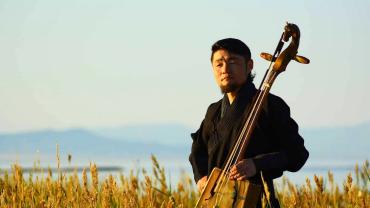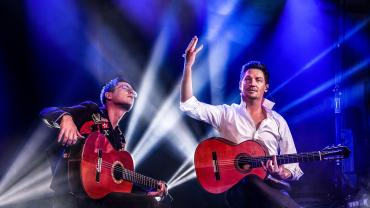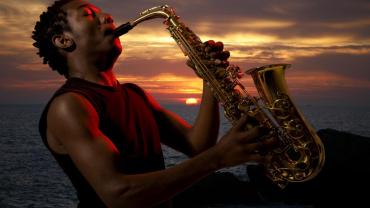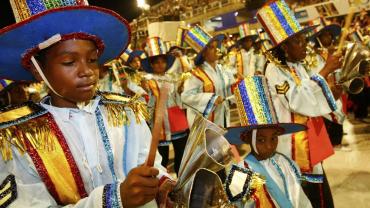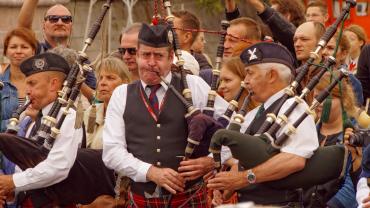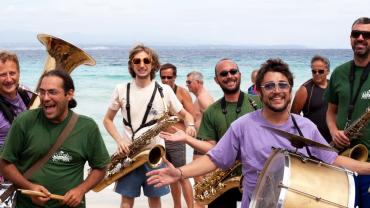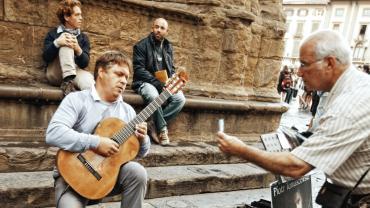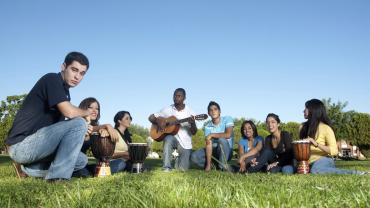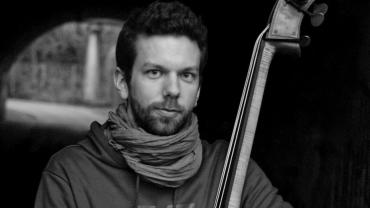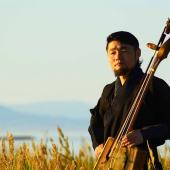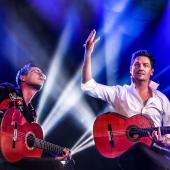Classical & Traditional Music
Everything about traditional music and its artists.
Traditional music is characterized by manual creation of sound. From time immemorial, humans have been using various self-built instruments in order to produce sounds and rhythmic sound patterns.
Traditional Music and Classics - a first overview
Music has always been a part of our world. In its most primitive form, it is inherent in all tribes and a fundamental part of everyday life - as an expression of joy and sorrow, to the accompaniment of ritual festivals and ritual ceremonies. Over the centuries, and especially in the era of globalization, many of the folksy music traditions took on other influences. World music evolved, which dedicates itself to traditional sounds.
Celtic and medieval music are also part of traditional music such as the so-called world music. Celtic music is the traditional music of Ireland, Scotland and Brittany. World Music combines popular Western music with traditional, non-Western styles of music. Classic traditional instruments are acoustic instruments such as drums, guitars, piano, flutes, didgeridoos and many others. In African or Amerindian cultures, tribes celebrate their existences mostly via rhythmic traditional sounds through drums or vocals. Many historians, musicologist and literary scholars deal with the collection of traditional music and culture.
Today, traditional music is still produced in many cultures, from all parts of the population or even just listened to. Here, classic traditional musical instruments such as drums, guitars, flutes and many others are used. Dive down to the community and meet other musicians or enthusiasts of traditional music! Meet new contacts from all over the world and read in the magazine articles about your favorite bands so you never miss a concert!

